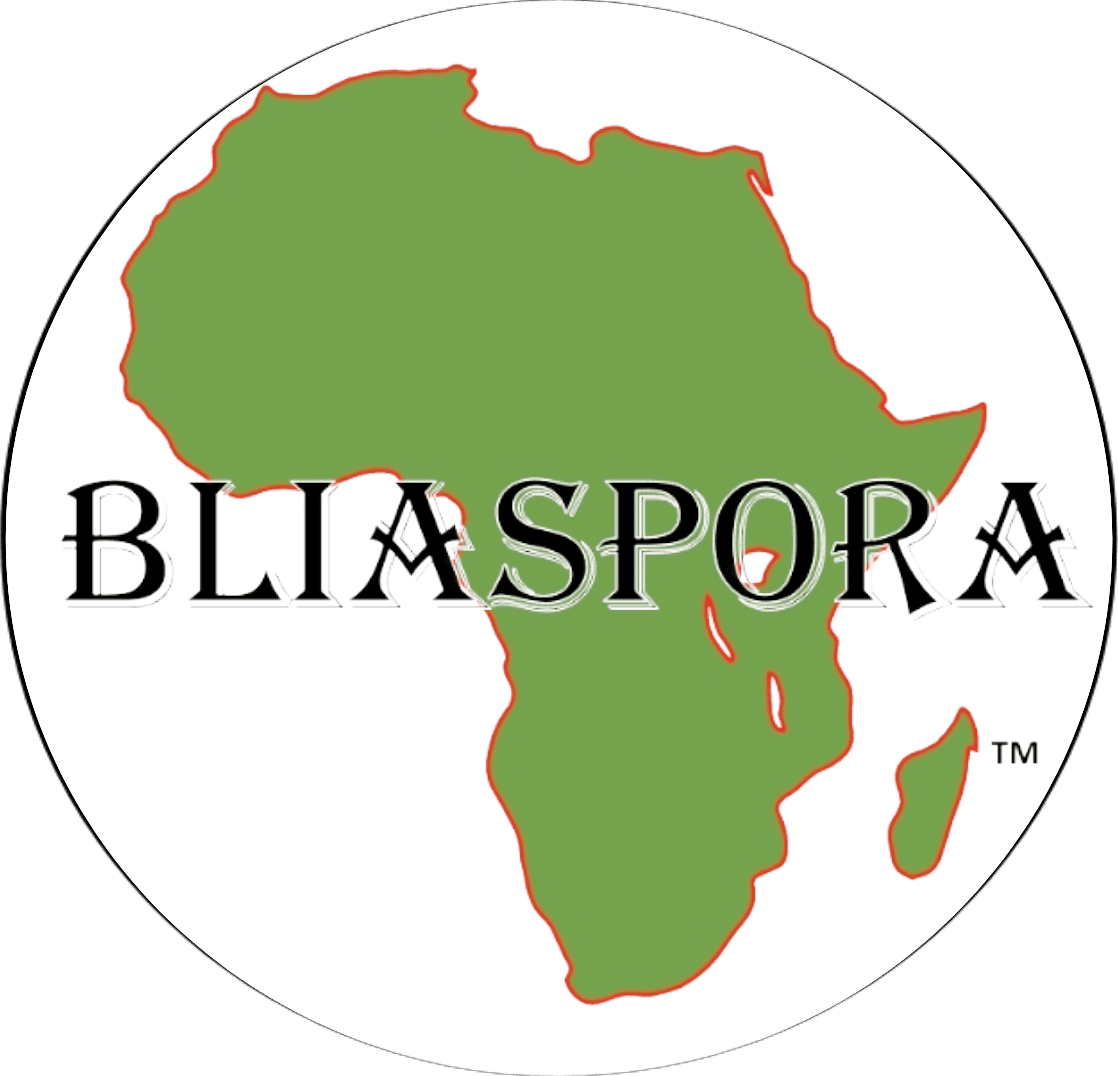Like many other nations throughout the America’s Colombia was under the control of Spain, and today Colombia’s Afro-Colombian population is the second largest black population in Latin America. The only nation to be named after Christopher Columbus, most of the population lies within the mountainous interior. Africans were imported from the 1520s into settlements along the northern coast of colonial New Granada. The Caribbean port city of Cartagena became the principal slave port for the colony. Blacks were used in agriculture and as personal servants in this region from early on, but they were mainly used in the mining areas. Prior to 1600, perhaps 100,000 slaves were imported, but from about 1560 the Spanish settlements in the gold-rich Cauca Valley and northern Antioquia increased the demand for slaves to supplement scanty and fast-declining Indian labor. The Pacific coastal region was colonized effectively from the late seventeenth century and became a major user of slave labor.

Benkos Bioho
New Grenada consisted of modern-day Colombia, Venezuela, Panama, and Ecuador which declared its independence on July 20, 1810 and was recognized as independent on August 7, 1819. Under the leadership of liberator Simon Bolivar he and his rebels were able to defeat the Spanish empire with the help of Haiti that supplied Bolivar with additional supplies and assistance. By 1829 Bolivar separated New Grenada into four jurisdictions that we now as separate countries today as Columbia, Venezuela, Panama, and Ecuador. Bolivar died a year later of tuberculosis on December 17, 1830. The abolition of slavery in Colombia occurred on May 21, 1851 today the blacks in Columbia face similar issues with blacks as a minority in similar nations.
“Colombians are about one-quarter of the entire population, yet nearly 80% of Afro-Colombians live in poverty, more than 30% have no water and sanitation services, and their infant mortality rate is more than three times the national average. Limited access to land is a key factor in this disparity. Such displacement has accelerated since passage of the U.S.-Colombia trade agreement, which increased agro-industrial and mining projects on the Pacific coast.”
Finnegan, B. (2016, February 5). How the Colombian Government Keeps Afro-Colombians Poor. From AFL – CIO America’s Unions: https://aflcio.org/2016/2/5/how-colombian-government-keeps-afro-colombians-poor
Today Afro-Colombians are facing a civil rights movement where they are seeking equal rights, better living conditions, and representation.
“Against this regime of death, striking Chocoanos are demanding basic civil rights to public services, healthcare, and education that are all but guaranteed to many other Colombians, particularly those who are whiter, wealthier, and reside in the country’s major cities. Confronting this racialized segregation, the strike in Chocó is a deep historical reckoning with Colombia itself, for the region’s crushing poverty is a product of what Saidiya Hartman calls ‘the afterlife of slavery—skewed life chances, limited access to health and education, premature death, incarceration, and impoverishment.’”
Barragan, Y. (2017, May 25). A Civil Rights Protest Is Happening Right Now in Colombia. From Black Perspectives: https://www.aaihs.org/a-civil-rights-protest-is-happening-right-now-in-colombia/


Data From: https://www.cia.gov/library/publications/the-world-factbook/geos/co.html
